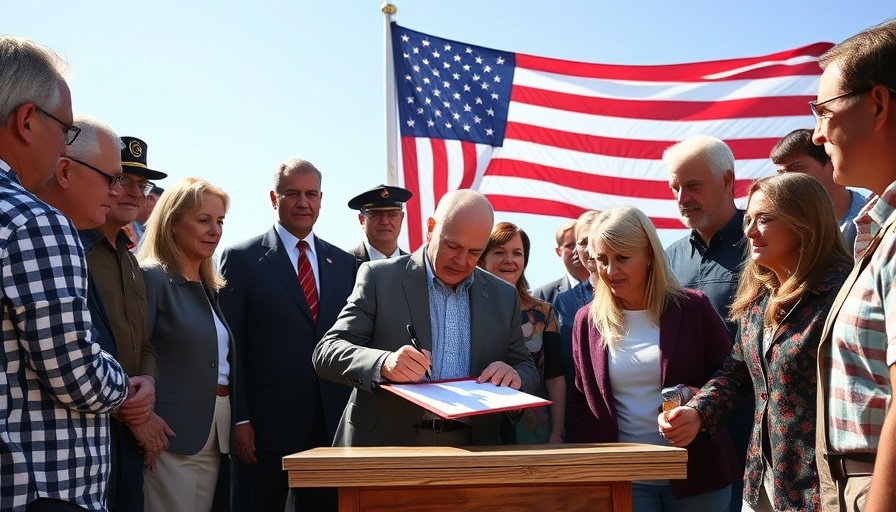
The Take It Down Act: A Step Forward or a Misstep?
The recently enacted Take It Down Act makes significant strides in combating non-consensual explicit imagery, or what is commonly referred to as revenge porn. While the law has garnered praise for its focus on victim protection, it raises alarms among free speech advocates. This duality of intention and outcome prompts a closer examination of the balance between safeguarding individuals and upholding free expression.
The Implications of a Rapid Takedown Requirement
One of the law’s most controversial features is the stipulation that online platforms must comply with takedown requests within 48 hours, regardless of the context surrounding the images. Proponents argue this urgency is necessary to protect victims from lasting harm, while critics like India McKinney from the Electronic Frontier Foundation highlight the potential for overreach. Platforms might err on the side of caution, leading to the removal of legitimate content that doesn’t conform to the narrow definition of nonconsensual imagery.
The Risk of Abusing the Law
Experts fear that the law could become a tool for misuse. With minimal verification required—only a physical or electronic signature—there is concern that the lack of stringent identification requirements could facilitate unfounded requests against consensual adult content or discussions surrounding marginalized communities. For instance, LGBTQ+ individuals might face significantly increased scrutiny under this law, as shown by some conservative supporters claiming that certain content is harmful to children. This highlights the serious risk of censorship masking itself under the guise of protection.
Broader Concerns about Content Moderation
The implications of the Take It Down Act extend beyond individual cases; they raise critical questions about the future of content moderation. The expectation that platforms like Snapchat and Meta will implement robust mechanisms to determine the validity of takedown requests seems optimistic at best. Without rigorous tools to differentiate between non-consensual content and protected speech, the possibility of a chilling effect on free speech looms large.
Conclusion: Navigating the Fine Line
The Take It Down Act represents a thorny intersection of rights and responsibilities in the digital age. While it aims to protect victims, careful consideration of its implementation and potential for abuse is imperative to avoid unjust censorship. As we navigate these complex issues, open dialogue among legislators, platforms, and the public will be vital in shaping a future where both personal dignity and free speech can coexist.
 Add Row
Add Row  Add
Add 




 Add Row
Add Row  Add
Add 


Write A Comment